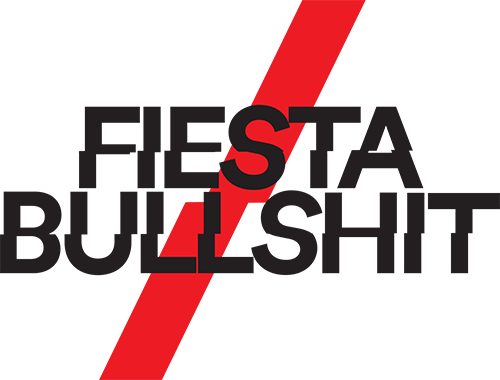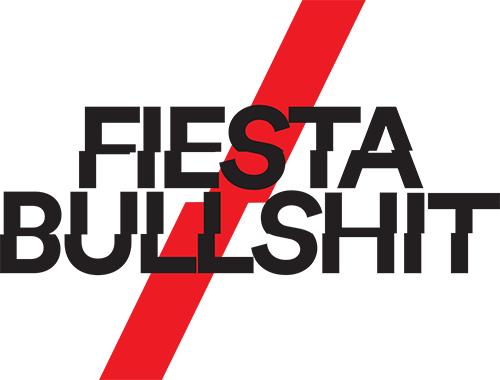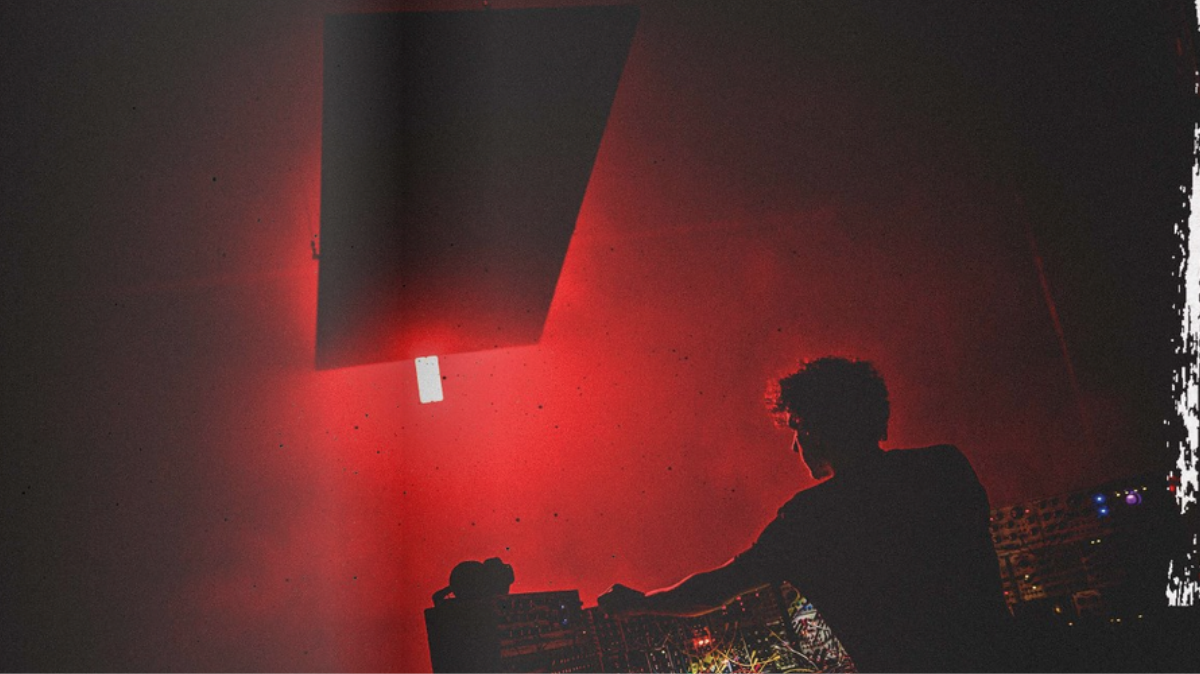COLIN BENDERS: I DON’T REALLY EDIT TRACKS AT ALL IF I CAN. IF I DON’T LIKE THE TAKE, I USUALLY JUST HIT RECORD AGAIN.
HOW WERE YOU FIRST INTRODUCED TO MODULAR SYNTHESIS AND WHY WERE YOU DRAWN TO IT?
I was first introduced to modular synthesis when I went looking for an alternative to my plugins. I had been working with computers for a long time but never managed to get the sound that I liked. I really liked the modular format because it allows me to build my sounds from scratch, like lego pieces.
HOW WOULD YOU DESCRIBE YOUR STUDIO?
My studio is built around my modular system. All pieces in my studio are there to capture the best sound from my modular equipment. I spent a lot of time looking for the best pieces and set it up in such a way that I don’t have to look at my screen all the time. When I am recording, I am just focusing on the modular and nothing else.
WHERE IS IT LOCATED? WHAT CITY? HOW MANY HOURS CAN YOU SPEND HERE?
My studio is located in my hometown, Utrecht, in the Netherlands. I kind of work in bursts, so sometimes I am there every day of the week but there are also times where I don’t go at all. Which is fine, I don’t like forcing it when I am having an off day.
WHAT ARE THE MOST IMPORTANT MACHINE OVER THERE?
The most important machine in the studio is probably the coffee machine. After that I’d say the modular system is definitely the main piece in my room. It took me years to piece it together and I wouldn’t trade it for the world.
CAN YOU EXPLAIN WHAT EURORACK IS?
It allows you to completely design your own system and have it do exactly what you want it to do. Best comparison would be lego blocks, the sky is the limit. If you want a synth with 3 filters and 8 oscillators, you can build it. Or a drum machine that never plays a 4 to the floor beat. Anything is possible.
WHAT ARE SOME OF YOUR FAVOURITE MANUFACTURERS OF EURORACK MODULES?
This question is becoming increasingly hard to answer, as each year we see tons of new manufacturers entering the scene. That said, I still have an all-time favourite in my system which are my Macbeth modules. I still get excited when I see these for sale, even though they are becoming very hard to find.
HOW DO YOU EDIT YOUR TRACKS AFTER YOU’RE DONE?
I don’t really edit tracks at all if I can. If I don’t like the take, I usually just hit record again and play the whole passage one more time. That said, there’s always something that could do with some micro edits. For that I work with protools and I try to get it done with a minimum number of edits if I can get away with it.
YOU SAID YOU DON’T REALLY PLAY THE SAME THING TWICE. IMPROVISATION ALWAYS?
True. It depends on what mood I am in. But given the nature of modular synths, once I take down a patch the song is gone. So when I am in a jamming mood, I just record everything and keep the best parts. If I am really working on a song or a remix or something, I leave the same patch on the wall for days until I am happy with the result. For live shows, it is always improvised from start to finish.
HOW IS YOUR TECHNICAL RIDER FOR A SHOW IN A CLUB OR FESTIVAL? YOU CAN DESCRIBE IT.
My rider is pretty straightforward. The most important part is that I have an hr to set things up and that the power stays on until after my set. Other than that I’m pretty easy.
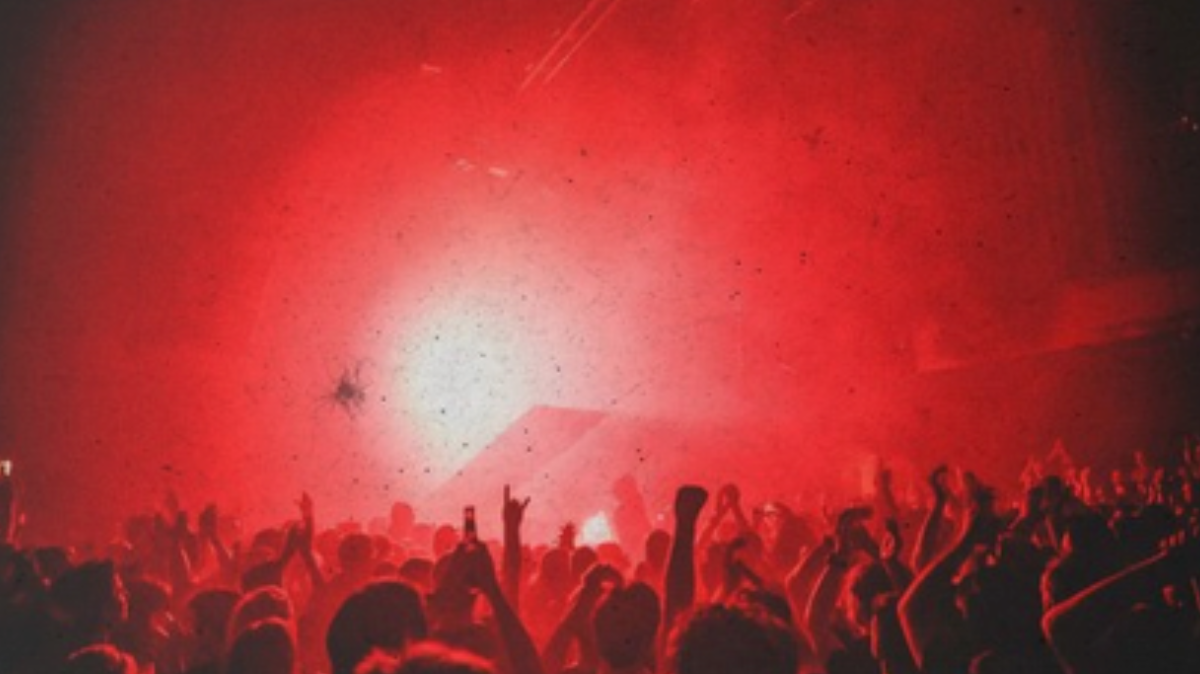
WHAT DO YOU TAKE WITH YOU TO THE GIGS? INDISPENSABLE FOR YOU AND YOUR LIVE?
Not that much actually. I usually fly on my own, with the modular setup packed up in 3 big pelicases. I always bring a book with me, which I never read for some reason.
IN A CLUB OR FESTIVAL, TO DO YOUR LIVE. WHAT IS THE MOST IMPORTANT?
The most important part is that I arrive in time and that I have the time I need to do a proper setup. Luckily most of the places I have played have all been very accommodating so I haven’t had a lot of problems with this so far.
YOU WILL HAVE ENCOUNTERED DIFFERENT PROBLEMS. ANY ONE TO FORGET?
I once had a situation where the airliner lost half of my suitcases. I was on my way to a show in Madrid and the airline company bumped me off of the flight because the plane was full. So I arrived way late in Madrid, less than an hr before I had to go on stage. When I went to collect my bags, I found out they had lost one of my modular cases. Since there was no time left to figure something out, I had to do the entire modular show on half my system. It ended up being a very neurotic acid set, which was fun.. but I was quite worried until the airport found my missing case a few days later.
WHAT IS THE DIFFERENCE BETWEEN A 1 HOUR, 4 HOUR AND 12 HOUR SET?
The biggest difference between a1hrsetand a longer set is tension span. Witha1hrset, I usually go for a more compact flow to keep the energy high. With longer sets, I have more time to build up momentum and get a mood going. The really long sets are always a leap of faith. There’s no preparing that, just gotta go with the flow and keep it going until the lights go on. There’s always the risk of running out of ideas, which only gets worse if you worry about it too much. So just having fun in the moment is always the best approach.
AND WHAT CAN YOU TELL US ABOUT YOUR NEXT PROJECTS?
I’m currently working on a project with a friend of mine, Boris Acket. He’s awesome with lights and installations, so we are experimenting a bunch with different materials and moods. I’m not quite sure how it will end up yet but we’re having a ton of fun with it.
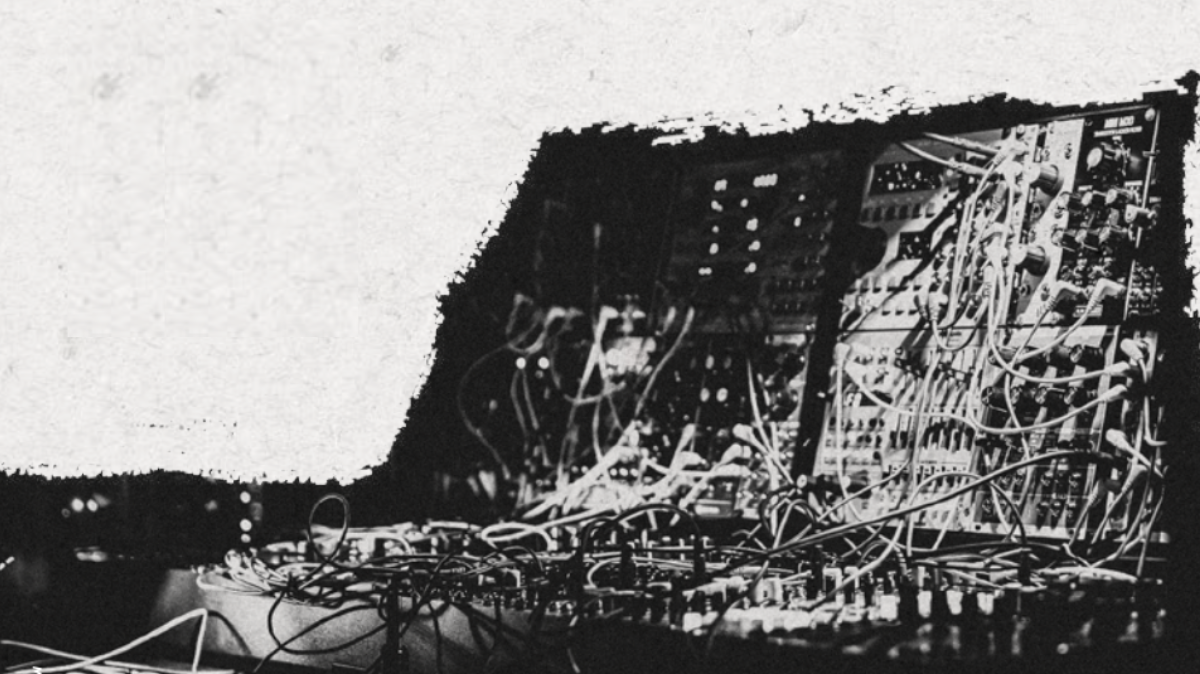
01. First place where you played/live?
SJU jazz podium in Utrecht, I was 12 years old I think.
02. Best club ever?
Berghain, hands down. Always brings a smile to my face.
03. Your best live was on?
Marktkantine, Amsterdam, was an 8 hr set. My legs were hurting for a week afterwards but it was totally worth it.
04. The best Dj you’ve ever seen? & The best Lived?
The Orb at Sziget festival, about 15 years ago. Best live is T.Raumschmiere. I was 15 years old and totally unprepared for what he did there. This was also the first time I had ever really heard electronic music live.
05. What equipment is missing in your study?
A better coffee machine.
